Architecture in film: modernism, futurism and beyond
Ahead of the Oscars 2022 ceremony, we look back to the relationship between architecture and the movies. From modernist houses to futuristic landscapes, the built environment and the ambience it creates play a key role in visual storytelling
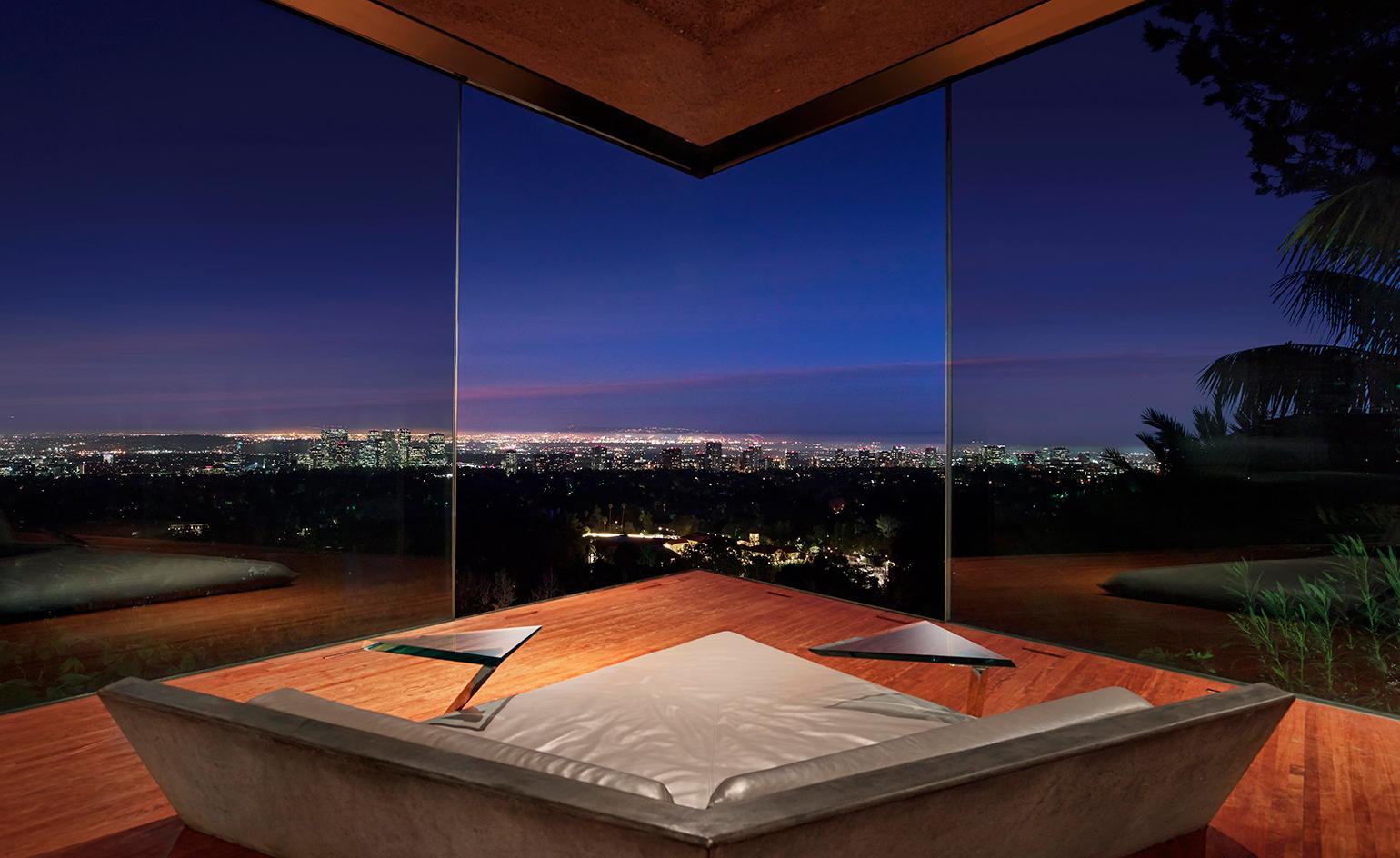
Film and architecture have been intertwined since the birth of the moving image. Both media are cultural expressions concerned with space, time and people – addressing the human condition through spatial narrative. The architect, like the director, is in the business of making realities from fiction. Here, ahead of the Oscars 2022, are a few examples of architecture in film, and such realities, drawing on modernism, futurism and beyond.
Architecture in film from the 1960s to the 2020s
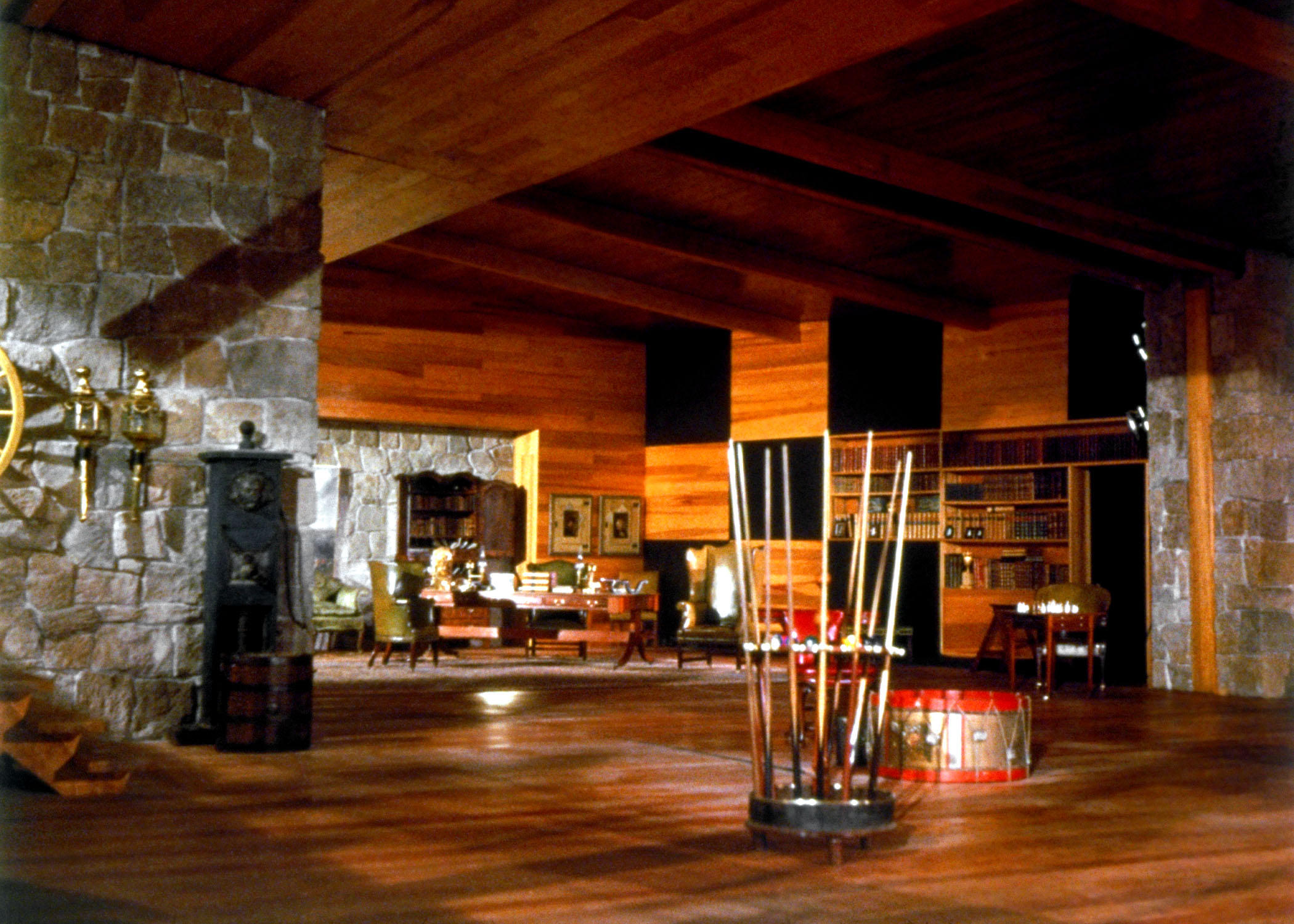
Film still from Goldfinger, featuring the Rumpus room
Films can act as architectural critique. The design of Bond villains’ lairs betray 007 creator Ian Fleming’s disdain for modern architecture. Arch-baddie Goldfinger’s Rumpus room's materials and atmosphere strongly hint at Frank Lloyd Wright's work. As for the title? An alleged parody of its namesake architect, Ernő Goldfinger. James Bond’s propensity to destroy quintessential modernist works could be seen as an extreme form of criticism, mocking the perceived pomposity of the designers’ visions. It shows how architecture in film can speak to more than just the world within the movie.
Solaris (Andrei Tarkovsky, 1972)

Film still from Solaris, depicting the version of architectural future presented in the film
In Solaris, Tarkovsky presents an architectural vision that avoids the futuristic tropes that are commonplace in the genre. An antithesis to Stanley Kubrick's 2001: A Space Odyssey, Solaris bases its view of the future on human interactions, not special effects. The architecture – simple and real, futuristic but also poetic, and all made through specially and impecably constructed sets – is key to its success.
Blade Runner (Ridley Scott, 1982)

Ennis House in Los Angeles was designed by Frank Lloyd Wright in the early 1920s and featured in Blade Runner
Dystopic visions are a recurring theme in films. A notable example is Ridley Scott’s Blade Runner, set in 2019 San Angeles, a futuristic, post-industrialist city. Like all good sci-fi creations, the film is a critique of past and present, and a clear manifestation of the fears aroused by this new urban condition. It acts as a warning to population increase, urban sprawl and unbridled capitalism. Among this, Frank Lloyd Wright's blocky, Mayan-influenced Ennis House in Los Angeles provides the perfect, moody backdrop for the protagonist's home.
The Big Lebowski (The Coen Brothers, 1998)
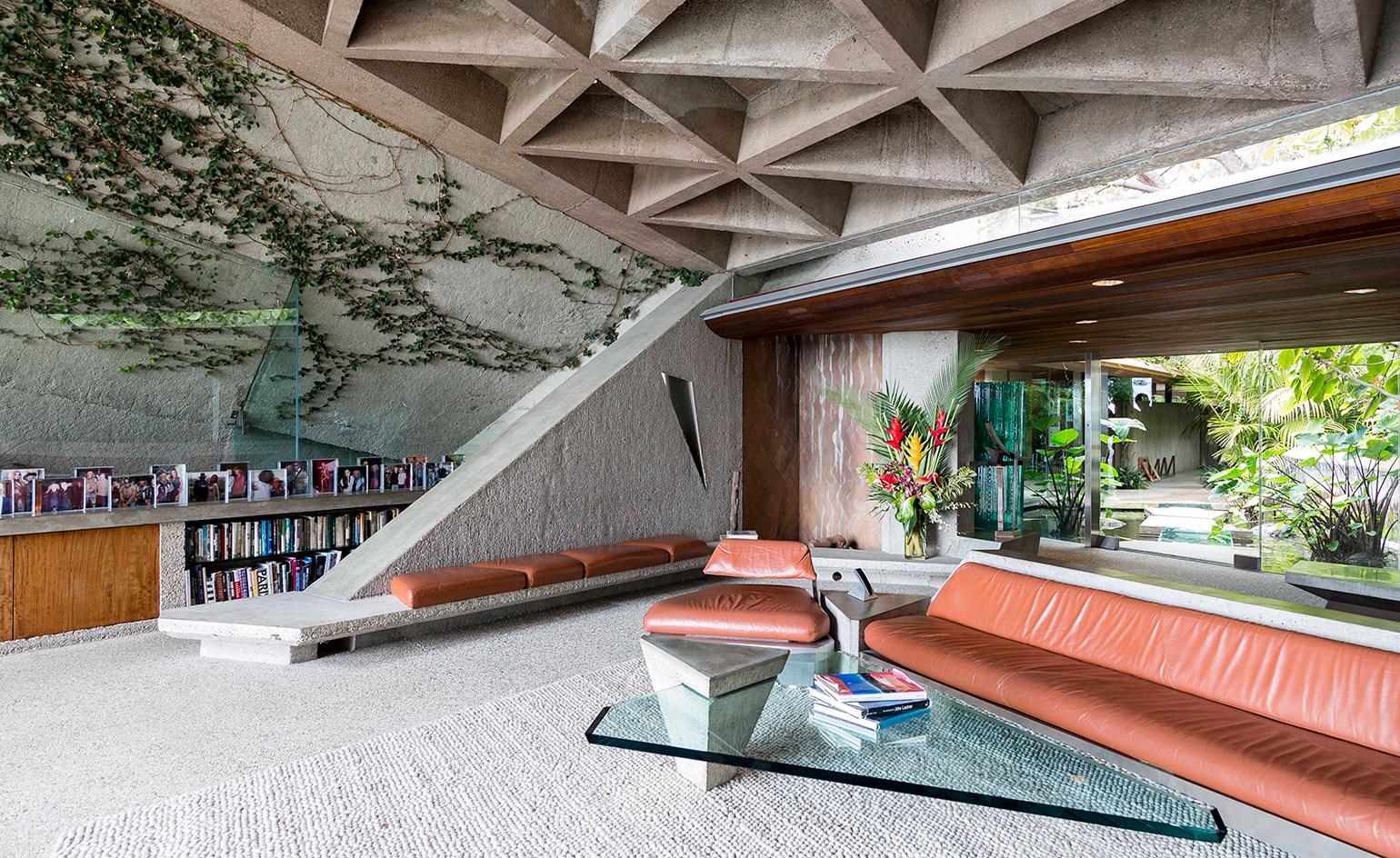
John Lautner’s Sheats-Goldstein house was bequeathed to LACMA in 2016. Almost 20 years before that, it featured in the Big Lebowski.
The Coen Brothers’ neo-noire comedy is an homage to the city of Los Angeles. The unquestionable spatial star of the film is the ‘Porno House', which was in real life designed by John Lautner. The architect's harsh lines and calculated use of concrete, which shuns both 90-degree angles and decoration, are in direct contrast to the Dude’s laissez-faire attitude.
A Single Man (Tom Ford, 2009)
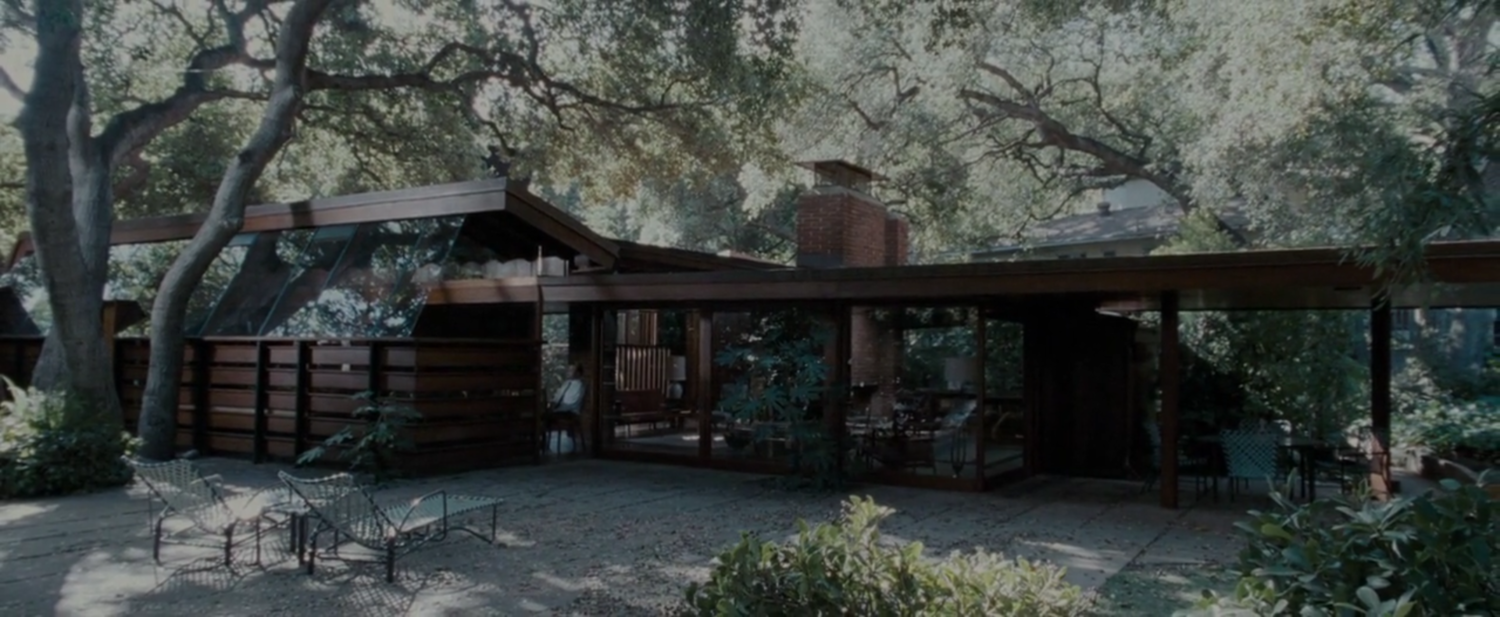
One of the film's memorably protagonists, John Lautner's Schaffer Residence
The film is set in 1962 and was mostly shot in the Schaffer Residence in California, another Lautner house. The austere and moody palette of timber and shades of beige serves as an apt backdrop to protagonist George’s life, as it appears drained of the invigoration his late partner brought. The set here mirrors the protagonist’s character and so offers an avenue to better understand him through architectural expression.
Ex Machina (Alex Garland, 2014)

Norwegian architects Jensen & Skodvin designed this summer house at the Juvet Landscape Hotel in Norway, which features as location in the film
Shot in leafy Norway, this movie depicts the breathtaking natural landscape coming in direct contrast to the stark materiality of the fictional, almost oppressively minimalist mansion that’s home to one of the protagonists, Nathan. The contrast mirrors the relationship between human and machine. In this film with a cast of just four, the house becomes the fifth presence. Seen as Caleb’s (one of the four characters) confusion embodied, the labyrinthian house adds an essential dimension to the story. It highlights the important role of architecture in film.
Receive our daily digest of inspiration, escapism and design stories from around the world direct to your inbox.
Black Panther (Ryan Coogler, 2018)

Film still from Black Panther, showing a view of Wakanda, which has been said to be at least partially inspired by the architecture of Zaha Hadid
Set in the fictional Wakanda, Black Panther is the most successful recent depiction of afro-futurism. The film’s architecture critiques colonialism by putting forward a vision of what African urbanism could be. The representation of urban space manifests as a Hadidesque vision of the future. It is one that is exempt from the restrictions imposed by Eurocentric orthogonality, which gives its inhabitants the possibility to embrace technology without rejecting tradition.
Parasite (Bong Joon Ho, 2019)
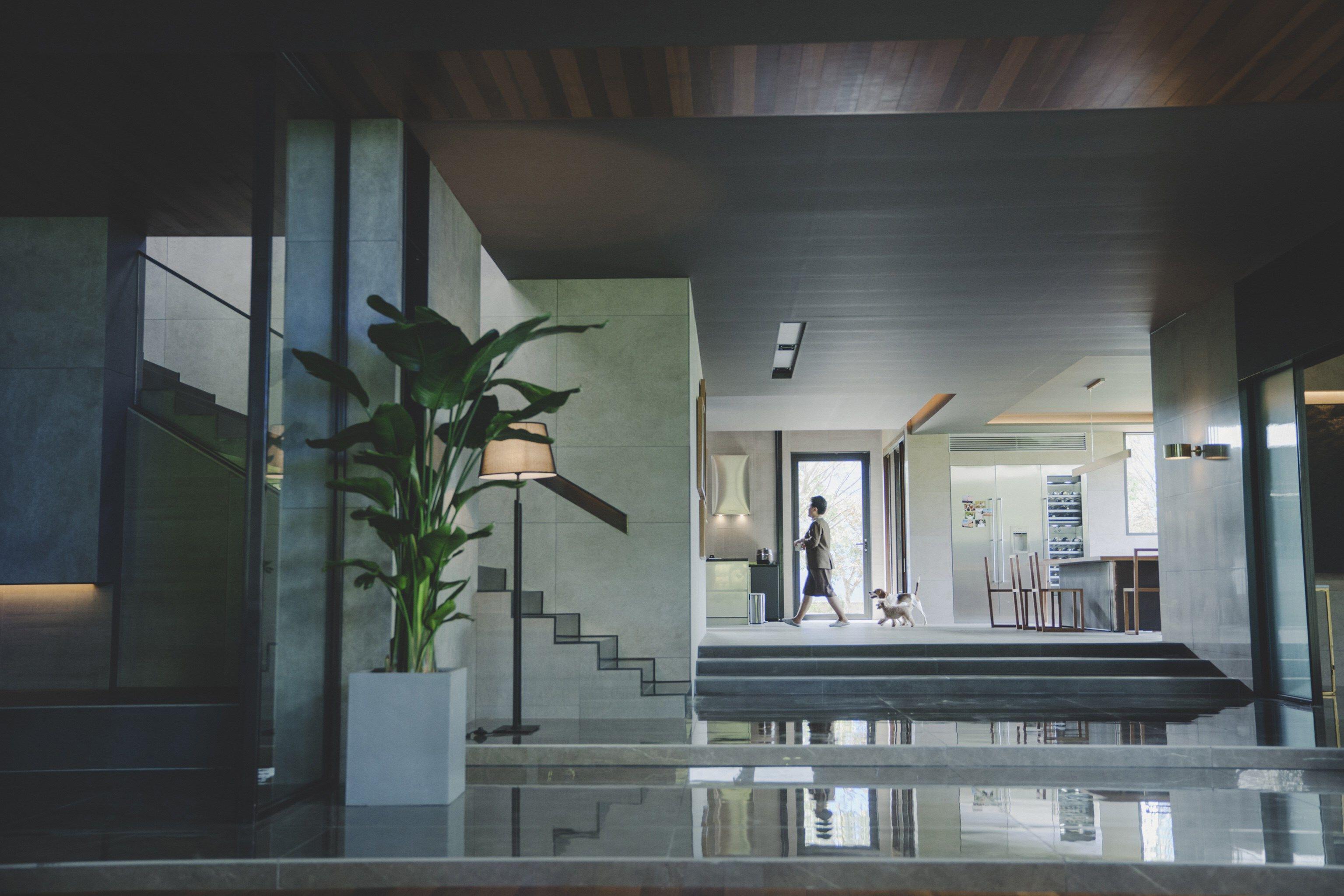
The sharp modernism of the Parks' house in Parasite was entirely fabricated and created by fictional architect Namgoong Hyeonja
The architecture in Parasite exists as a metaphor through which creator Bong Joon Ho explains inequality in Korea. It highlights the fact that our built environment is a representation of society. From the Kims’ banjiha (lower-ground apartments in Korean) to the Parks’ grand house, the film speaks the language of architecture expressed through contrasts. Interior and exterior spaces, design and chaos, solids and voids express the differences in social classes. The plot is set in these houses so everything is understood through the construction of space. The set-up demonstrates the key influence of architecture in film and visual storytelling.
Malcolm & Marie (Sam Levinson, 2021)
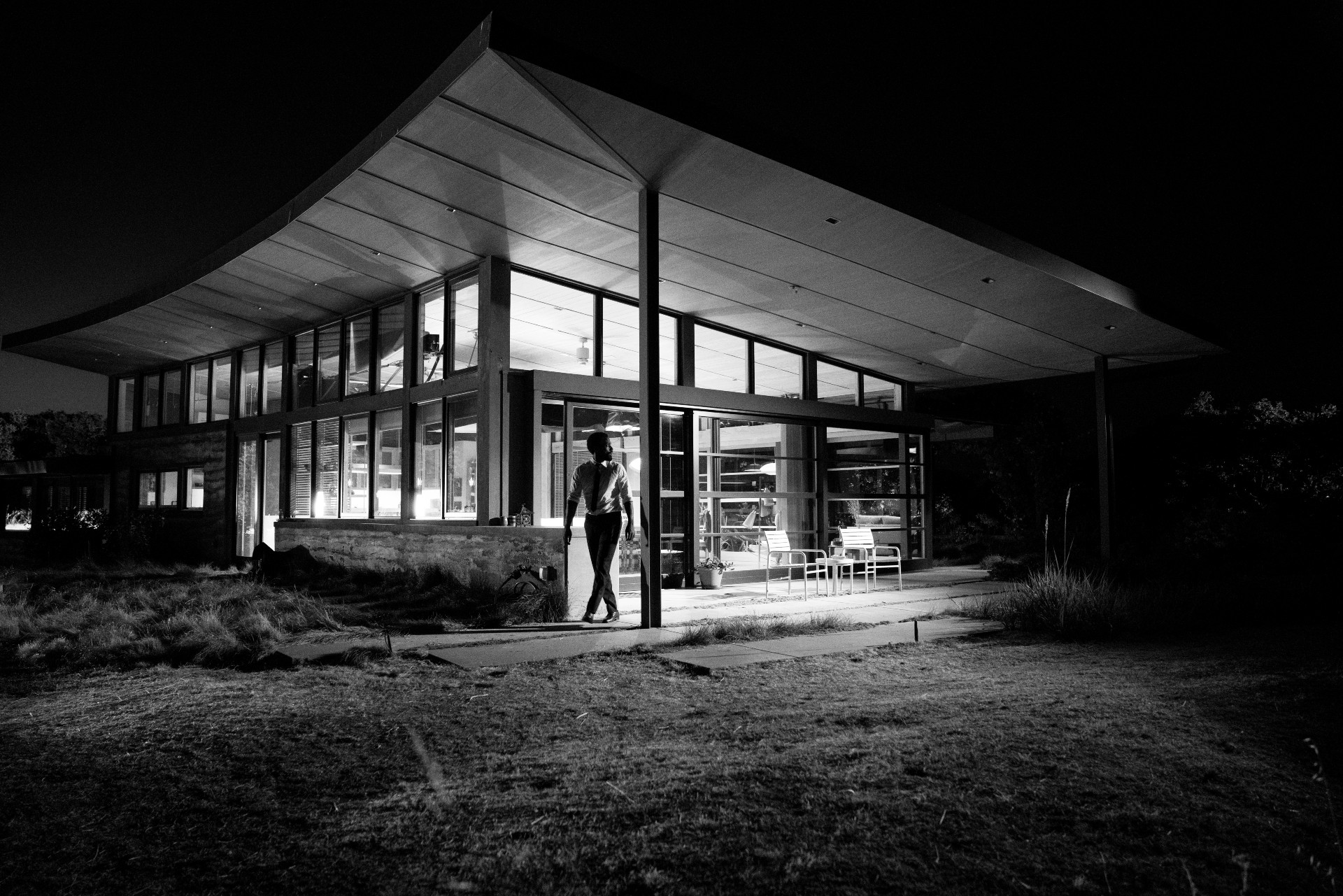
Film still from the movie, featuring Malcolm and Marie's home, Caterpillar House, designed by Feldman Architecture in Carmel, California.
Even in monochrome, it would be hard to argue that architect Jonathan Feldman’s Caterpillar House is not the unequivocal third star of this film. The 260 sq m eco home provides a perfect backdrop to the drama of Malcom and Marie’s relationship. We get to know the house’s layout over the course of the film as the story unfolds. Its spatial narrative reminds us that architecture is the ubiquitous setting to our everyday life.
-
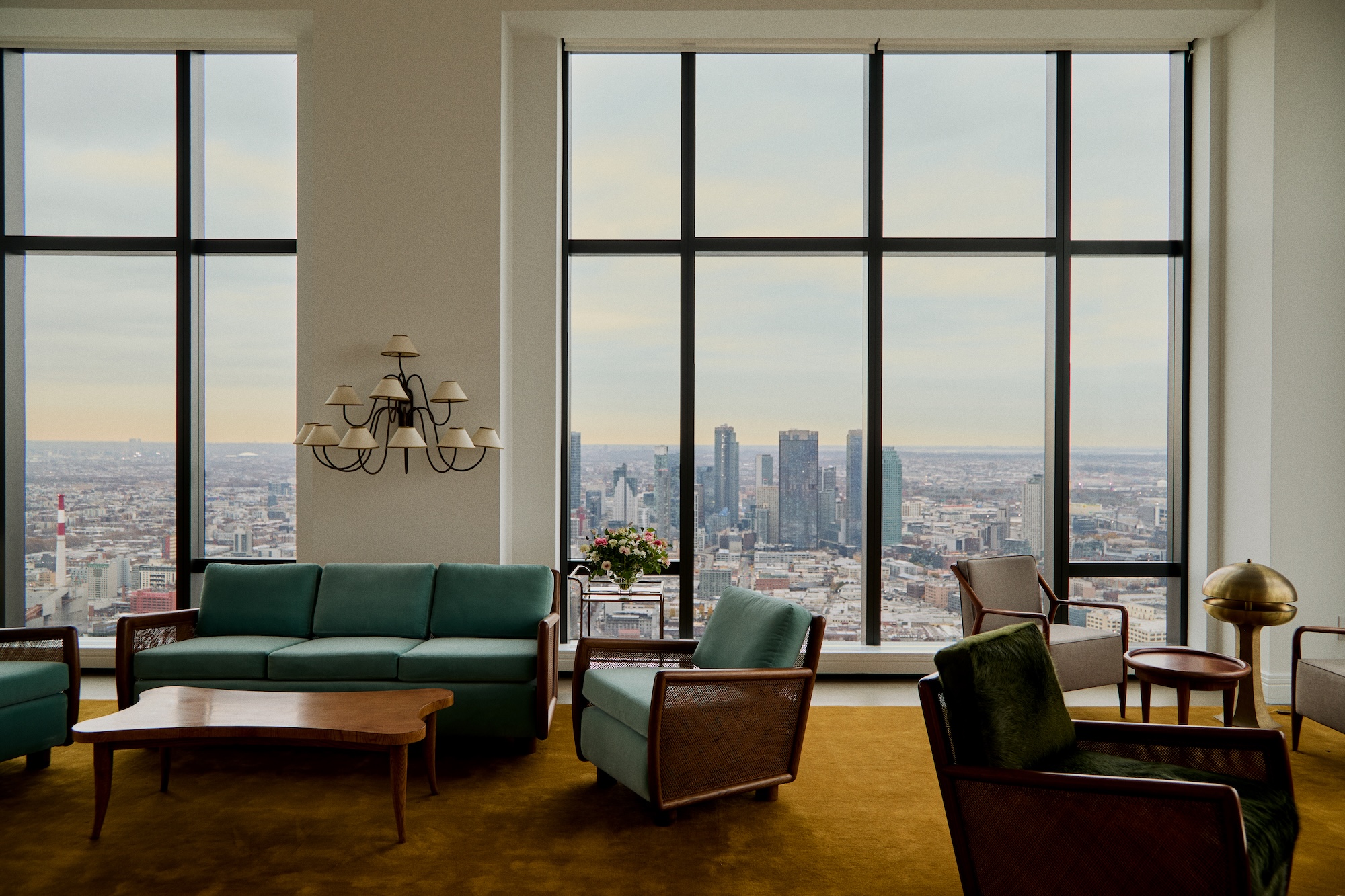 A breathtaking exhibition celebrating modernism’s transatlantic ties soars above Manhattan
A breathtaking exhibition celebrating modernism’s transatlantic ties soars above ManhattanCurated by interior designer Andre Mellone, 'Crossed Trajectories' at Galerie Gabriel's penthouse explores connections between nomadic post-war creatives Jean Royère, Roberto Platé and more
-
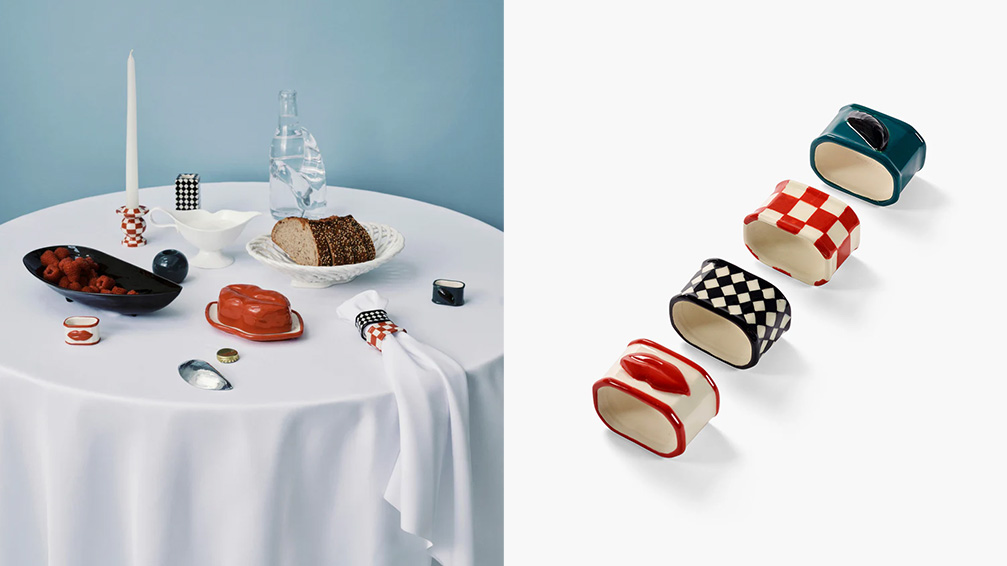 Sculptural, design-led napkin rings for festive tables
Sculptural, design-led napkin rings for festive tablesThe simple napkin ring harbours the potential to bring a stylish punch of personality to any table setting
-
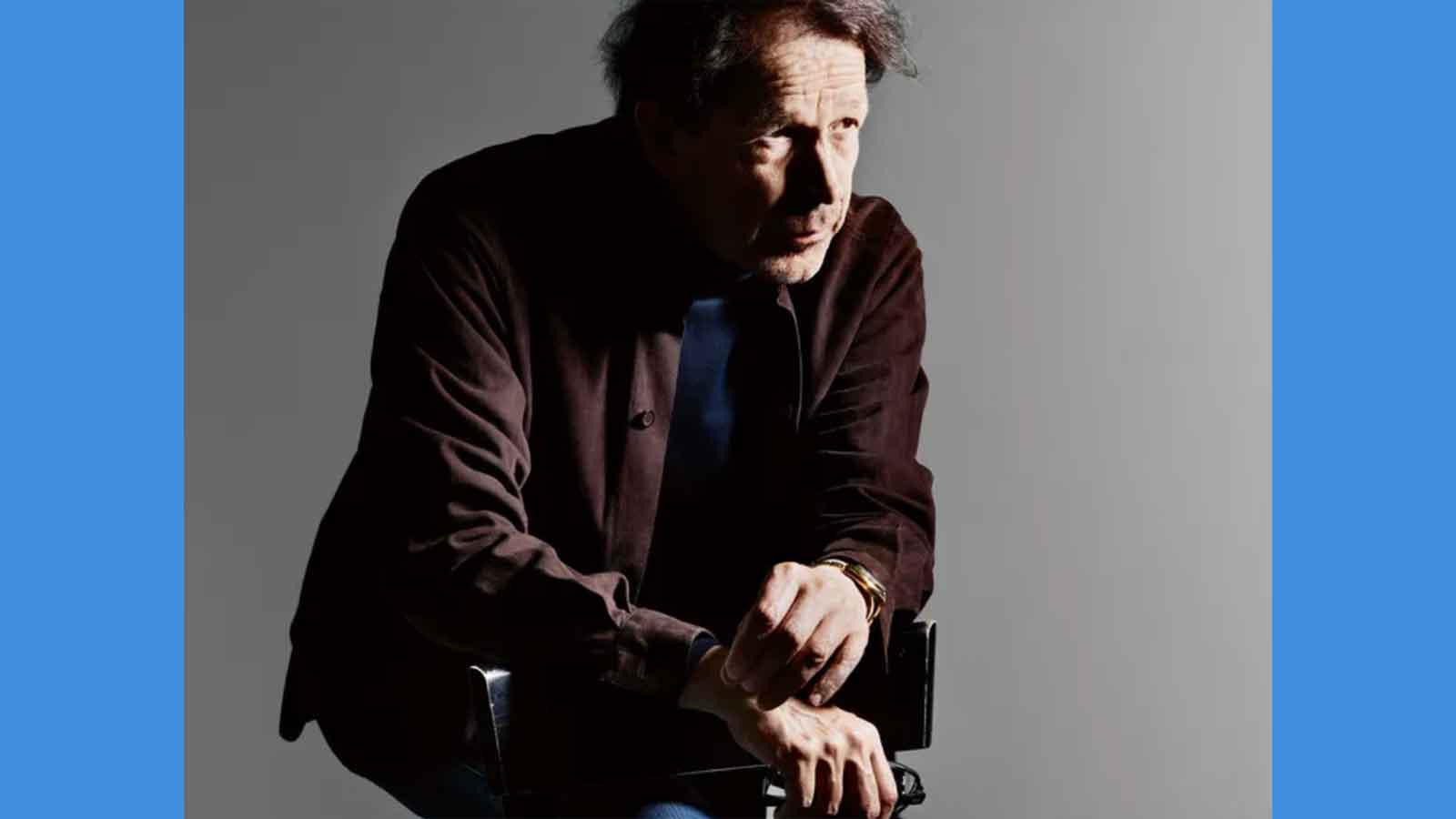 How Peter Saville came to art direct the best of contemporary culture
How Peter Saville came to art direct the best of contemporary cultureFrom Peter Saville's first steps with Factory Records and legendary album designs to his later work in art and fashion: we chart the history of the British art director
-
 This modernist home, designed by a disciple of Le Corbusier, is on the market
This modernist home, designed by a disciple of Le Corbusier, is on the marketAndré Wogenscky was a long-time collaborator and chief assistant of Le Corbusier; he built this home, a case study for post-war modernism, in 1957
-
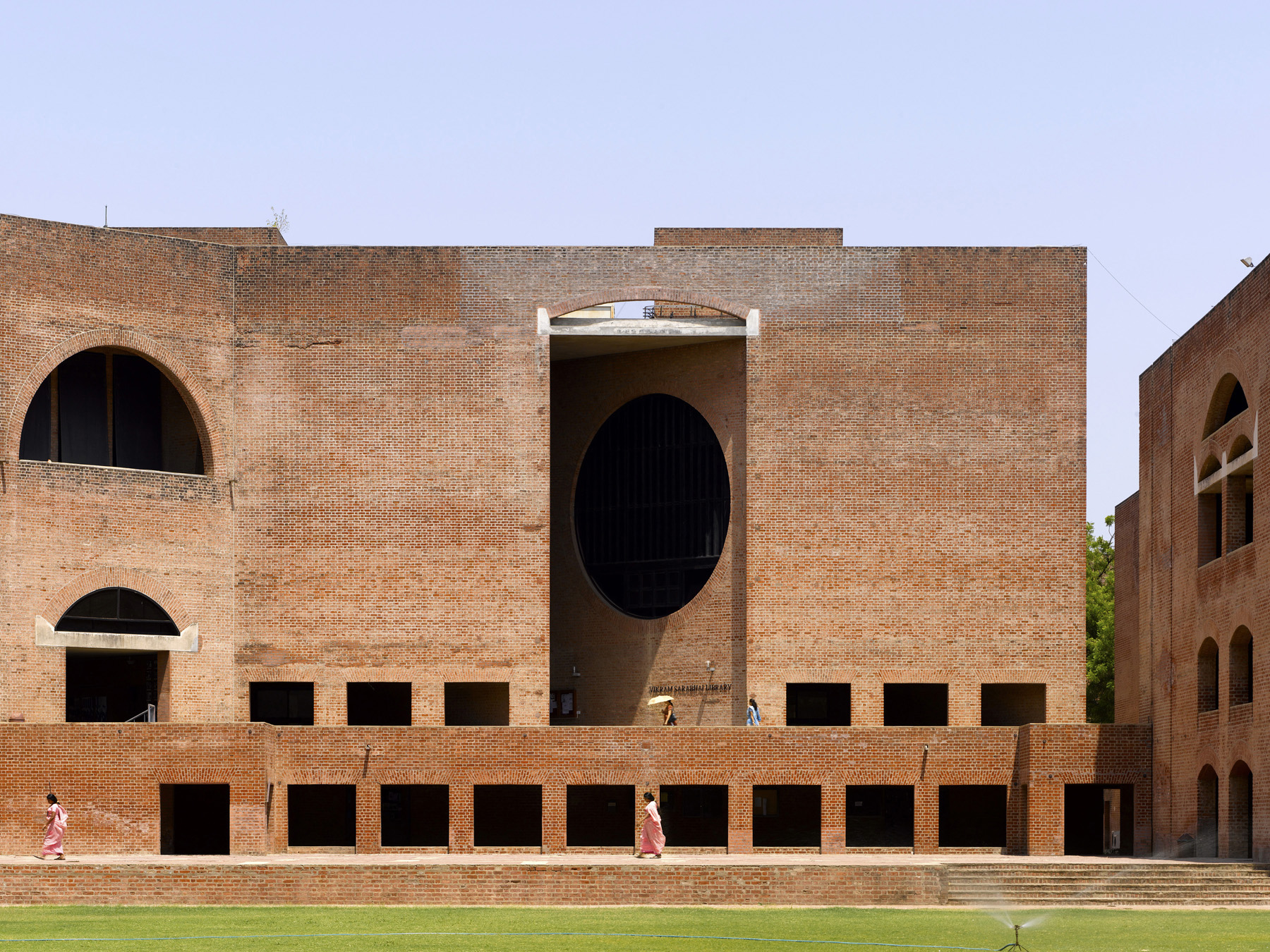 Louis Kahn, the modernist architect and the man behind the myth
Louis Kahn, the modernist architect and the man behind the mythWe chart the life and work of Louis Kahn, one of the 20th century’s most prominent modernists and a revered professional; yet his personal life meant he was also an architectural enigma
-
 The Architecture Edit: Wallpaper’s houses of the month
The Architecture Edit: Wallpaper’s houses of the monthFrom Malibu beach pads to cosy cabins blanketed in snow, Wallpaper* has featured some incredible homes this month. We profile our favourites below
-
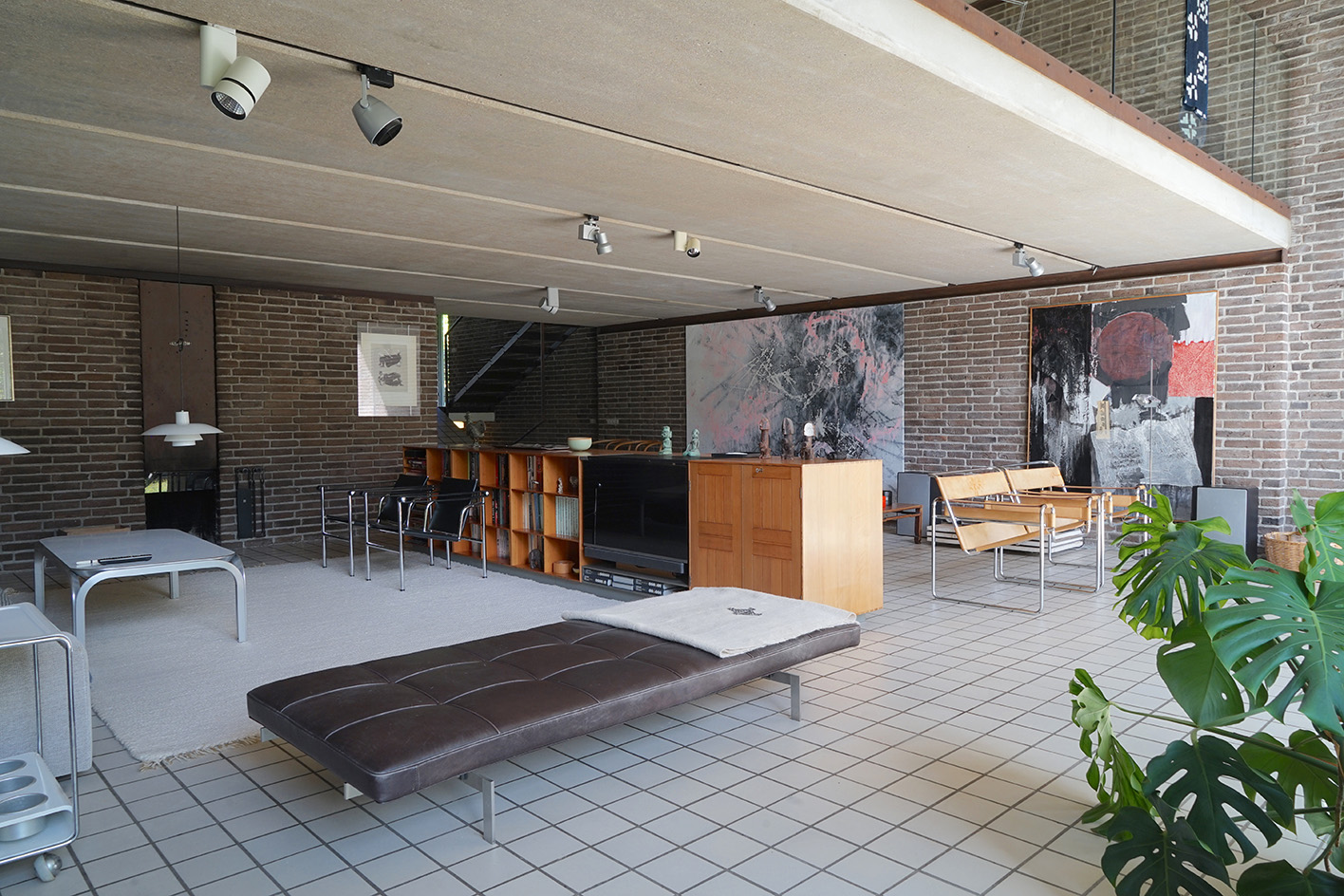 Three lesser-known Danish modernist houses track the country’s 20th-century architecture
Three lesser-known Danish modernist houses track the country’s 20th-century architectureWe visit three Danish modernist houses with writer, curator and architecture historian Adam Štěch, a delve into lower-profile examples of the country’s rich 20th-century legacy
-
 The Architecture Edit: Wallpaper’s houses of the month
The Architecture Edit: Wallpaper’s houses of the monthThis September, Wallpaper highlighted a striking mix of architecture – from iconic modernist homes newly up for sale to the dramatic transformation of a crumbling Scottish cottage. These are the projects that caught our eye
-
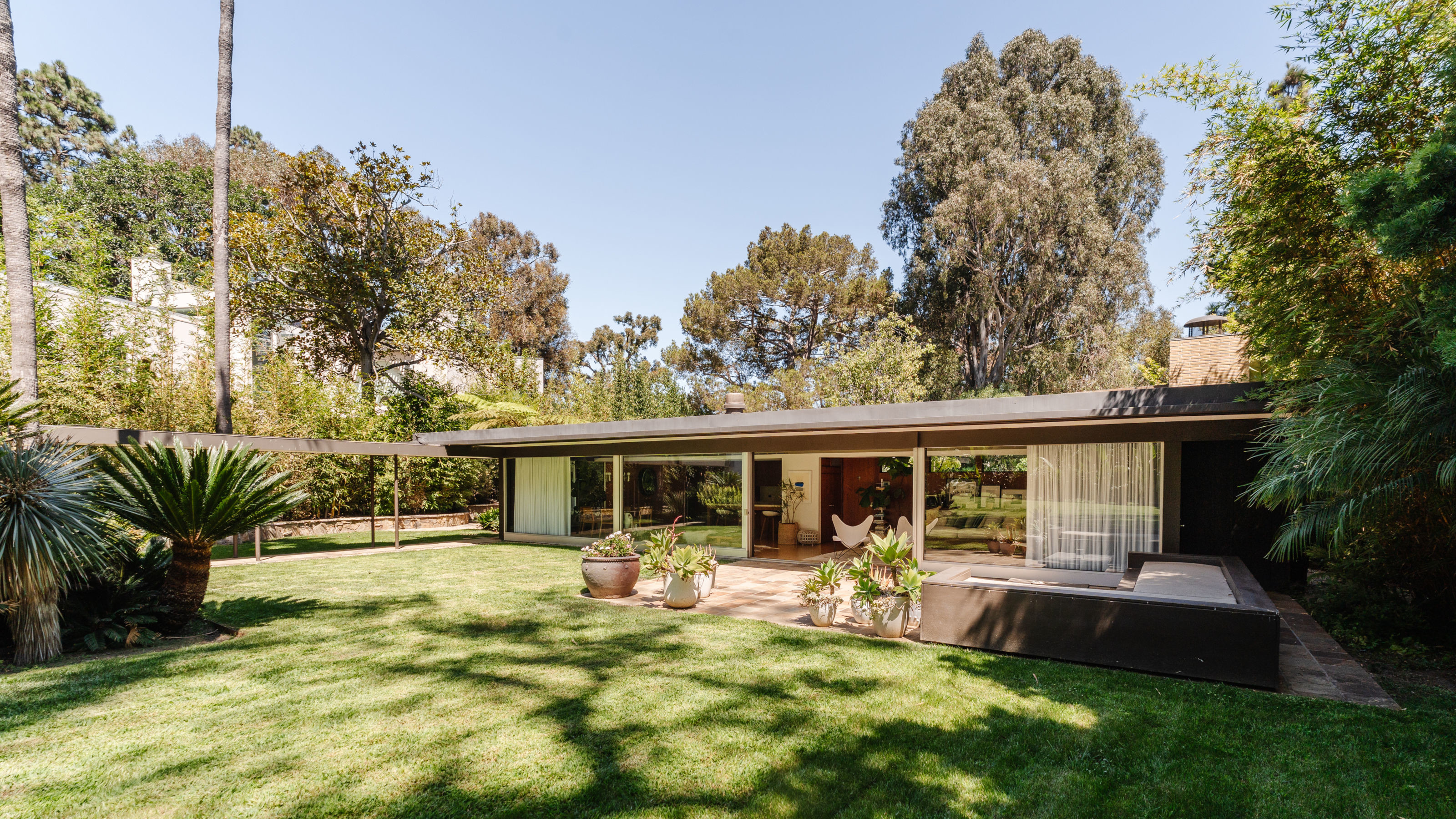 Richard Neutra's Case Study House #20, an icon of Californian modernism, is for sale
Richard Neutra's Case Study House #20, an icon of Californian modernism, is for salePerched high up in the Pacific Palisades, a 1948 house designed by Richard Neutra for Dr Bailey is back on the market
-
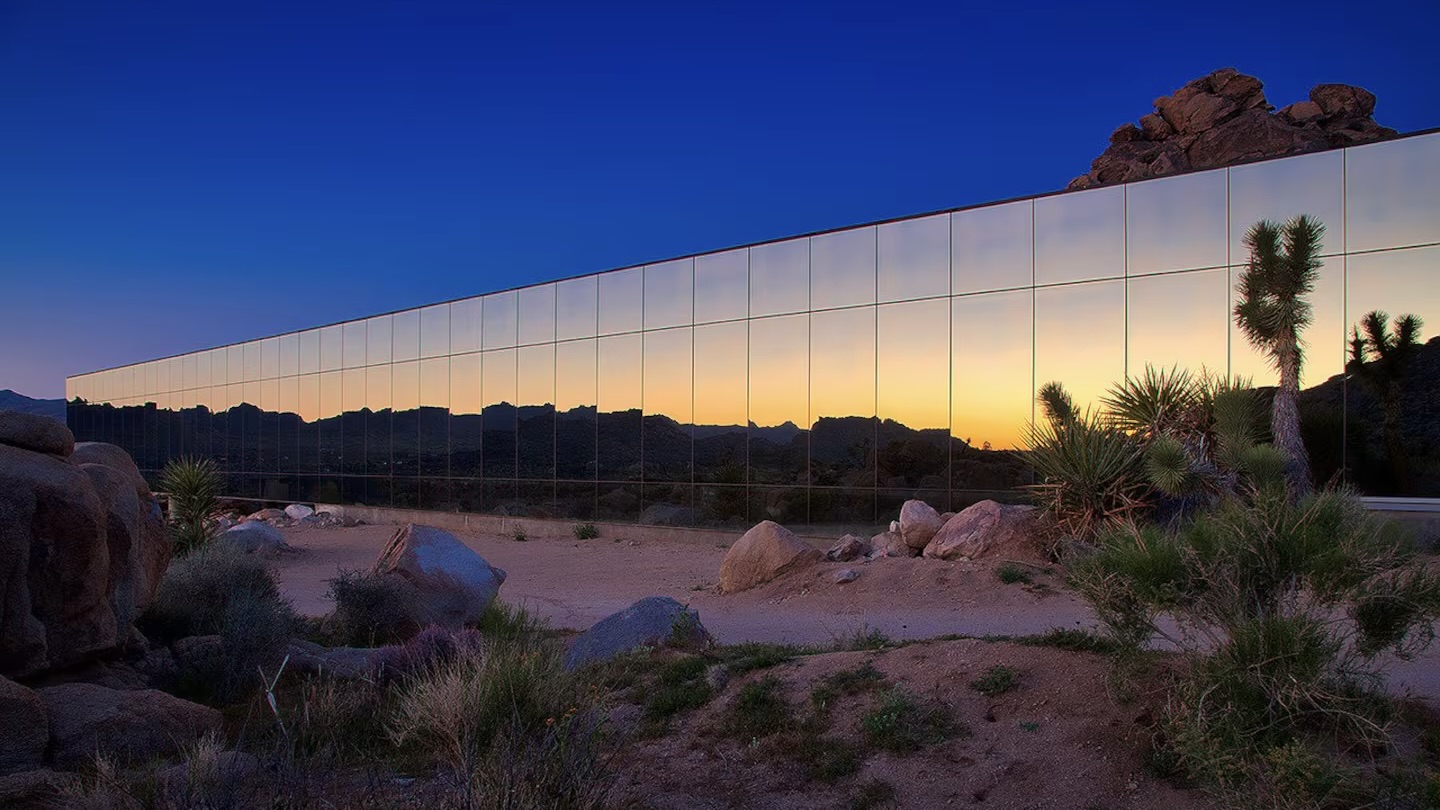 The best of California desert architecture, from midcentury gems to mirrored dwellings
The best of California desert architecture, from midcentury gems to mirrored dwellingsWhile architecture has long employed strategies to cool buildings in arid environments, California desert architecture developed its own distinct identity –giving rise, notably, to a wave of iconic midcentury designs
-
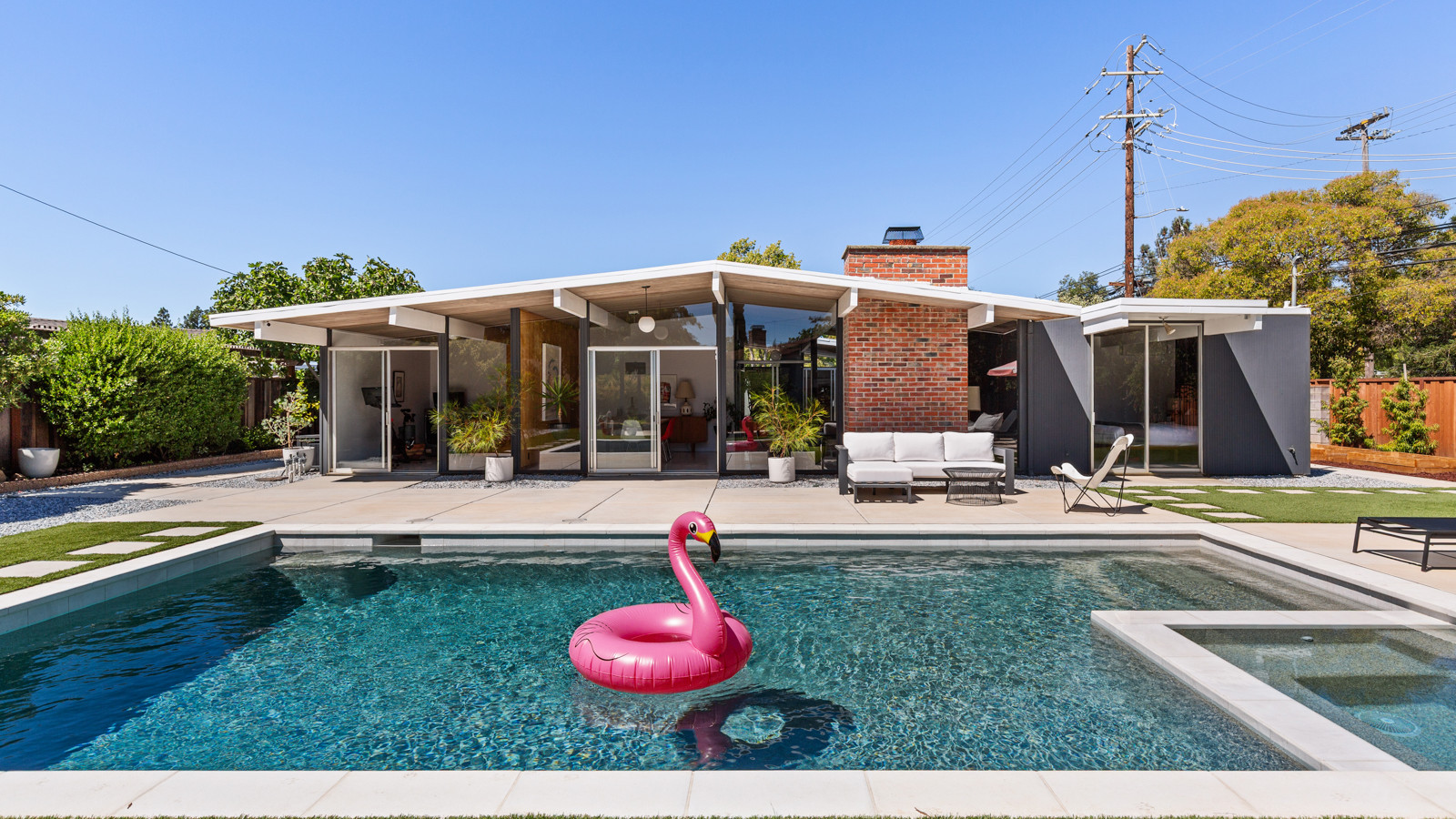 A restored Eichler home is a peerless piece of West Coast midcentury modernism
A restored Eichler home is a peerless piece of West Coast midcentury modernismWe explore an Eichler home, and Californian developer Joseph Eichler’s legacy of design, as a fine example of his progressive house-building programme hits the market